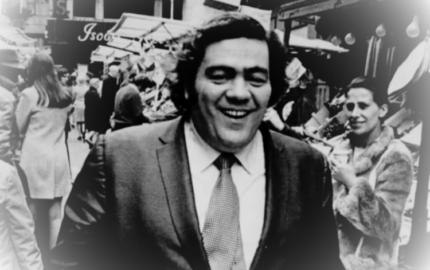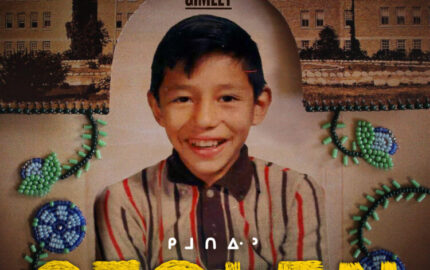In our latest Notable Narrative, “The Boy Who Died of Football,” Sports Illustrated senior writer Thomas Lake takes on the collapse of high school football player Max Gilpin during team practice in Louisville, Kentucky, in 2008. Gilpin's subsequent death loads the story with power, and Lake labors under a kind of accountability to the dead, as well as an obligation to be fair to the coach who may or may not be responsible.
Along with family members and community officials, the narrative has a shadow cast of characters in the form of thousands of kids nationwide who will be playing football next fall and each fall after that. Could what happened to Max Gilpin happen to them?
Lake juggles elements of news you can use, the drama of the court case and a tremendous amount of reporting, folding it all into a chronology which moves back and forth between that last practice and later testimony. Writing about those who watched Max suffer, Lake directly addresses the challenge of constructing any kind of narrative at all:
Lake brings all the information he can unearth to bear in an effort to understand what those last days were like for Max. The final section juxtaposes the best and the worst: a first kiss and a death scene. In combining them, Lake closes with events so universal their meaning seems clear – as if it might be possible to tell a story not by lining up the facts but by understanding one true thing.
Along with family members and community officials, the narrative has a shadow cast of characters in the form of thousands of kids nationwide who will be playing football next fall and each fall after that. Could what happened to Max Gilpin happen to them?
Lake juggles elements of news you can use, the drama of the court case and a tremendous amount of reporting, folding it all into a chronology which moves back and forth between that last practice and later testimony. Writing about those who watched Max suffer, Lake directly addresses the challenge of constructing any kind of narrative at all:
The events of the next 50 minutes are a case study in the limits of eyewitness testimony. No video footage surfaced in the police investigation, and the roughly 140 spectators told stories that ranged from the plausible to the mathematically impossible. They couldn’t even agree on whether Stinson was wearing a whistle that day. Nevertheless, a parade of witnesses said they heard the coach say one thing that set the tone for the gassers. It seems strange that Stinson still denies saying it to the runners, because it wasn’t just soccer parents who said they heard it. It wasn’t just assistant coaches and disgruntled players. In the opening statement at Stinson’s trial for the reckless homicide of Max Gilpin, the coach’s own defense attorney acknowledged, “Jason said it.”
Lake brings all the information he can unearth to bear in an effort to understand what those last days were like for Max. The final section juxtaposes the best and the worst: a first kiss and a death scene. In combining them, Lake closes with events so universal their meaning seems clear – as if it might be possible to tell a story not by lining up the facts but by understanding one true thing.


